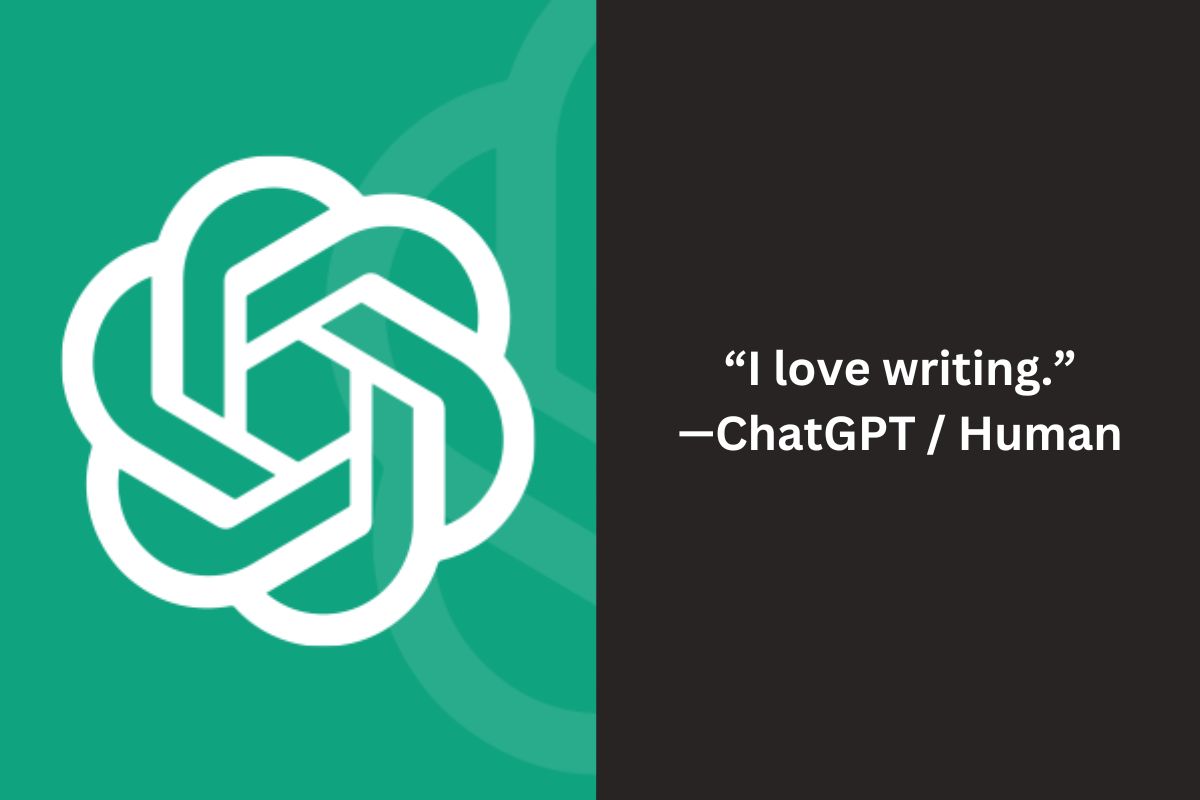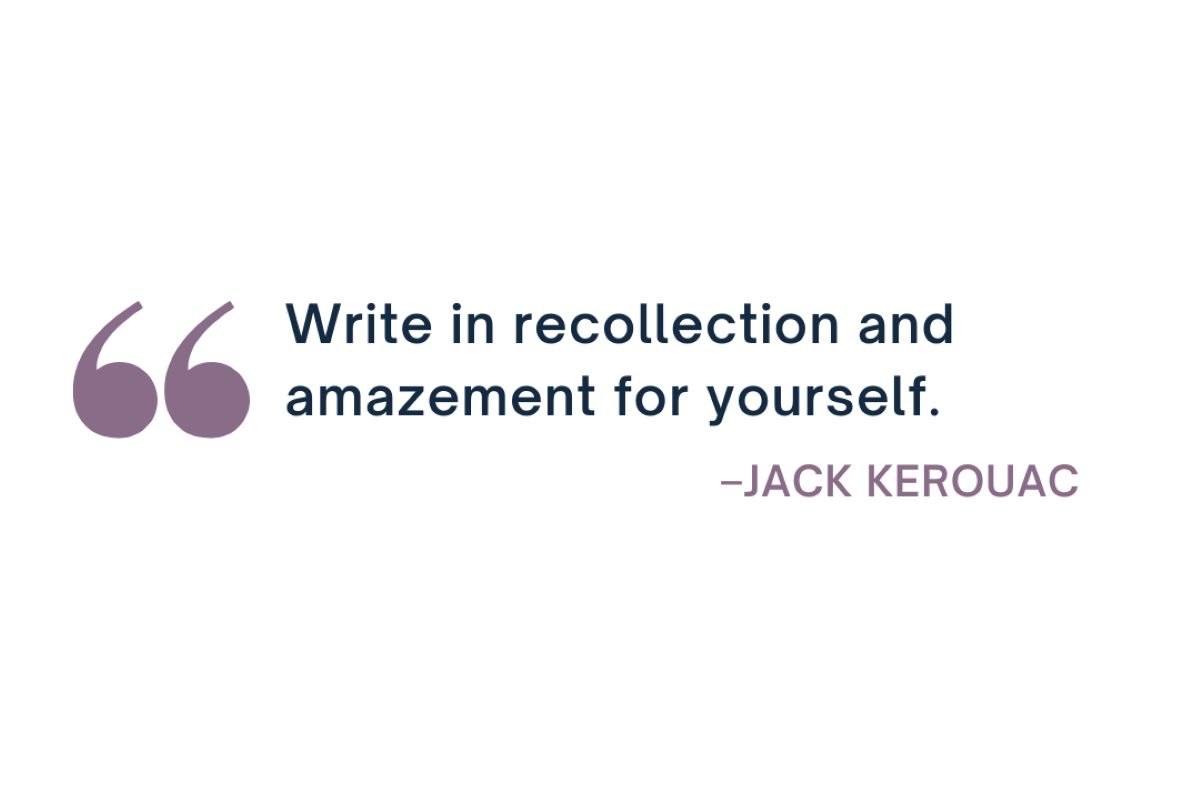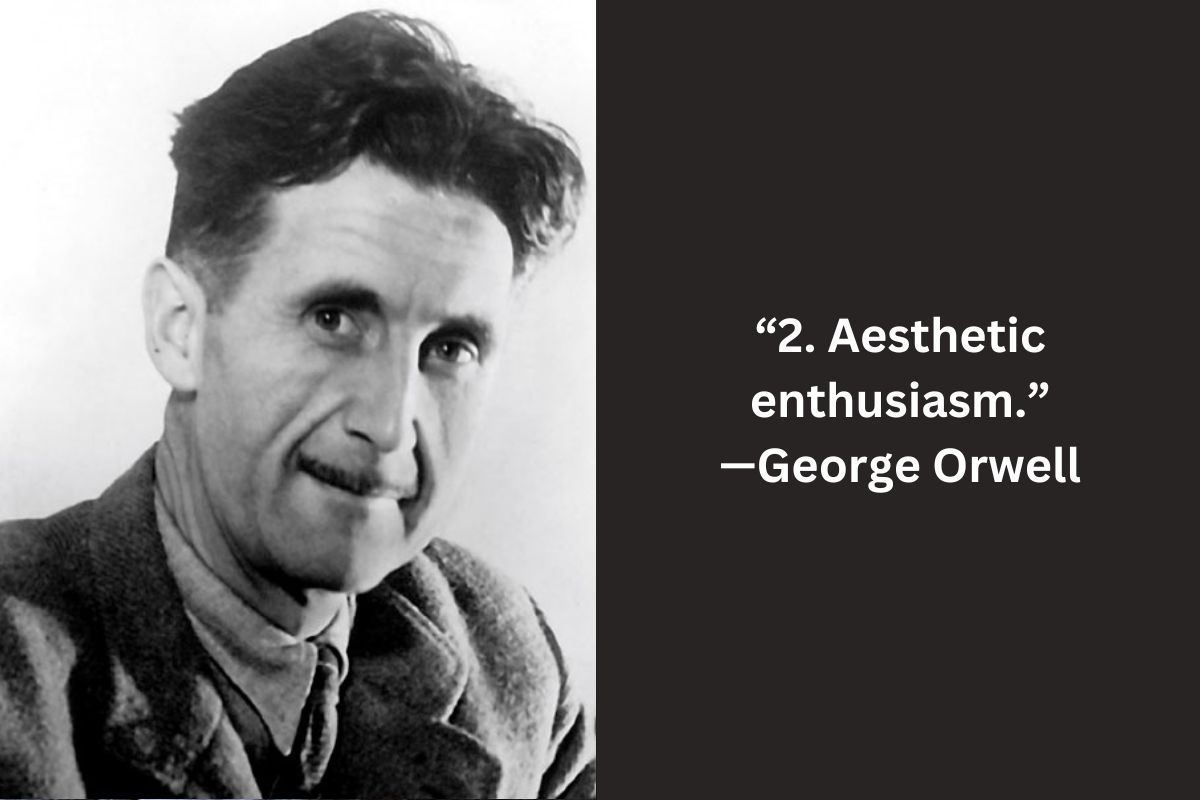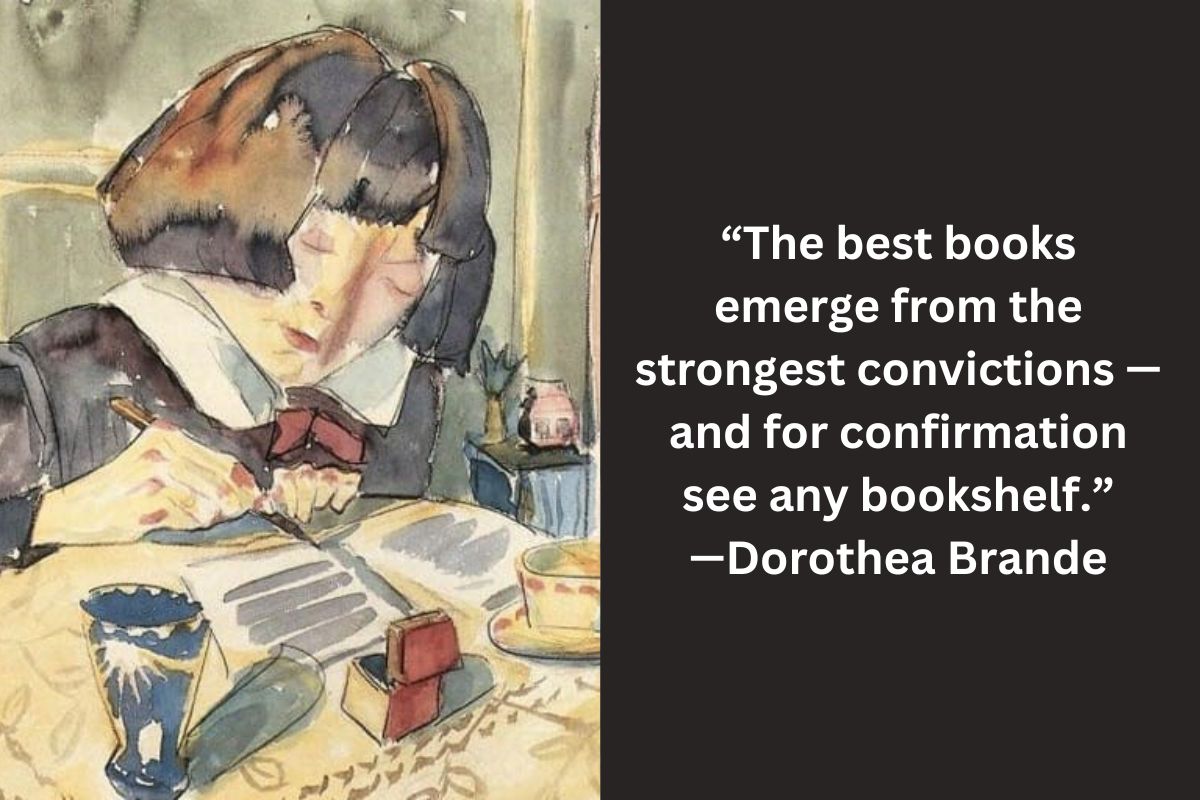 What is good writing? The Elements of Style, hailed by many as one of the most important books on writing ever published, tries to answer this question. But does it succeed? I believe that the answer will vary depending on your stand in the most heated debate among wordsmiths – whether brevity and succinctness are the true hallmarks of linguistic excellence. In rereading the preface to Strunk’s timeless volume, I found three rules in support of the argument that “easy reading is damn hard writing,” and this is what I’d like to share with you today, with a caveat. So here are the three essentials of effective writing you need to know, remember, and follow in your creative journey.
What is good writing? The Elements of Style, hailed by many as one of the most important books on writing ever published, tries to answer this question. But does it succeed? I believe that the answer will vary depending on your stand in the most heated debate among wordsmiths – whether brevity and succinctness are the true hallmarks of linguistic excellence. In rereading the preface to Strunk’s timeless volume, I found three rules in support of the argument that “easy reading is damn hard writing,” and this is what I’d like to share with you today, with a caveat. So here are the three essentials of effective writing you need to know, remember, and follow in your creative journey.
The three essentials of effective writing in the English language are: purity, perspicuity, and precision.
Purity refers to the use of proper English. It means writing without the use of slang words and expletives (except when writing fiction and then sparingly or as appropriate for a certain audience), obsolete terms, foreign idioms, ambiguous expressions, and grammatically incorrect language.
Perspicuity denotes clear expression of thoughts conveyed in unequivocal language, so there is no misunderstanding of the thought or idea that the writer wishes to express. Ambiguous words, words of double meaning, and words that might be construed in a sense different from that intended should be avoided. Perspicuity requires a style that is clear and concise.
Precision requires concise and exact expression, free from redundancy – a style that is clear and simple enough so that the reader can immediately comprehend the meaning of the writer’s words. Long and involved sentences are avoided, as well as sentences that are too short and abrupt. Its object is to strike the golden mean in such a way as to rivet the attention of the reader on the words you have written.

Yet some might be troubled by the absolutism of such rules. When issued in the form of sharp commands, they feel restrictive rather than liberating. Are you a bad writer if you want to write long-winding sentences full of ornamentation and artifice? Thinking about this question reminded me of another book with a chapter titled “Why You Won’t Find the Answer in Strunk and White.” I’m talking about How to Write a Sentence by Stanley Fish. In it, he questions the classic guide’s ability to make you better writer, for it’s written for people who already know how to write well, a paradox given how the book’s cultish following worships it as “the most important and timeless book on writing.” He writes:
No doubt this praise [for The Elements of Style] is deserved if the person using the book already knows how to write; already knows, that is, what a sentence is. For then advice like “Do not join independent clauses with a comma” and “The number of the subject determines the number of the verb” will be genuinely helpful.
But if you’re not quite sure what a sentence is (and isn’t) and you understand the words “number,” “subject,” and “verb” but couldn’t for the life of you explain how they go together or what an independent clause is, Strunk and White’s instructions will make no sense.
In short, Strunk and White’s advice assumes a level of knowledge and understanding only some of their readers will have attained; the vocabulary they confidently offer is itself in need of an analysis and explanation they do not provide.
According to Stanley Fish, the key to overcoming the limitations of Strunk’s guide lies in first understanding what a sentence is and isn’t – a pleasure I won’t spoil for you here but which you can experience for yourself if you buy the book – and by doing a writing exercise that the fans of Sports Illustrated will greatly appreciate. What is the exercise? Take a short sentence like “John hit the ball” and expand it this way:
In the middle of the sixth inning of a crucial game in the pennant race, John, the league leader batting third, weakly but precisely hit on the nose the ball pitched with great velocity by the sure-to-be Hall of Fame hurler who had won his last five starts in an overwhelming fashion while going the whole nine innings and who therefore presented an intimidating image to anyone facing him, especially as the shadows lengthened over the mound, obscuring the mechanics of his delivery and rendering it difficult even to see the spheroid as it curved its sinuous way toward the plate, behind which were the umpire, ready to say “ball” or “strike,” and the catcher, prepared for whatever was about to happen.
Isn’t it pretty to write so? To answer this question, escape into the highly addictive How to Write a Sentence by Stanley Fish and then, and only then, treat yourself to the timeless The Elements of Style by William Strunk Jr. And don’t forget to revisit our article on how to read a book, for, as Stephen King likes to say, “If you want to be a writer, you must do two things above all others: read a lot and write a lot.”

I’m a freelance writer with 6 years of experience in SEO blogging and article publishing. I currently run two websites: MindfulSpot.com and OurReadingLife.com. While you’re here, get the latest updates by subscribing to my newsletter.








